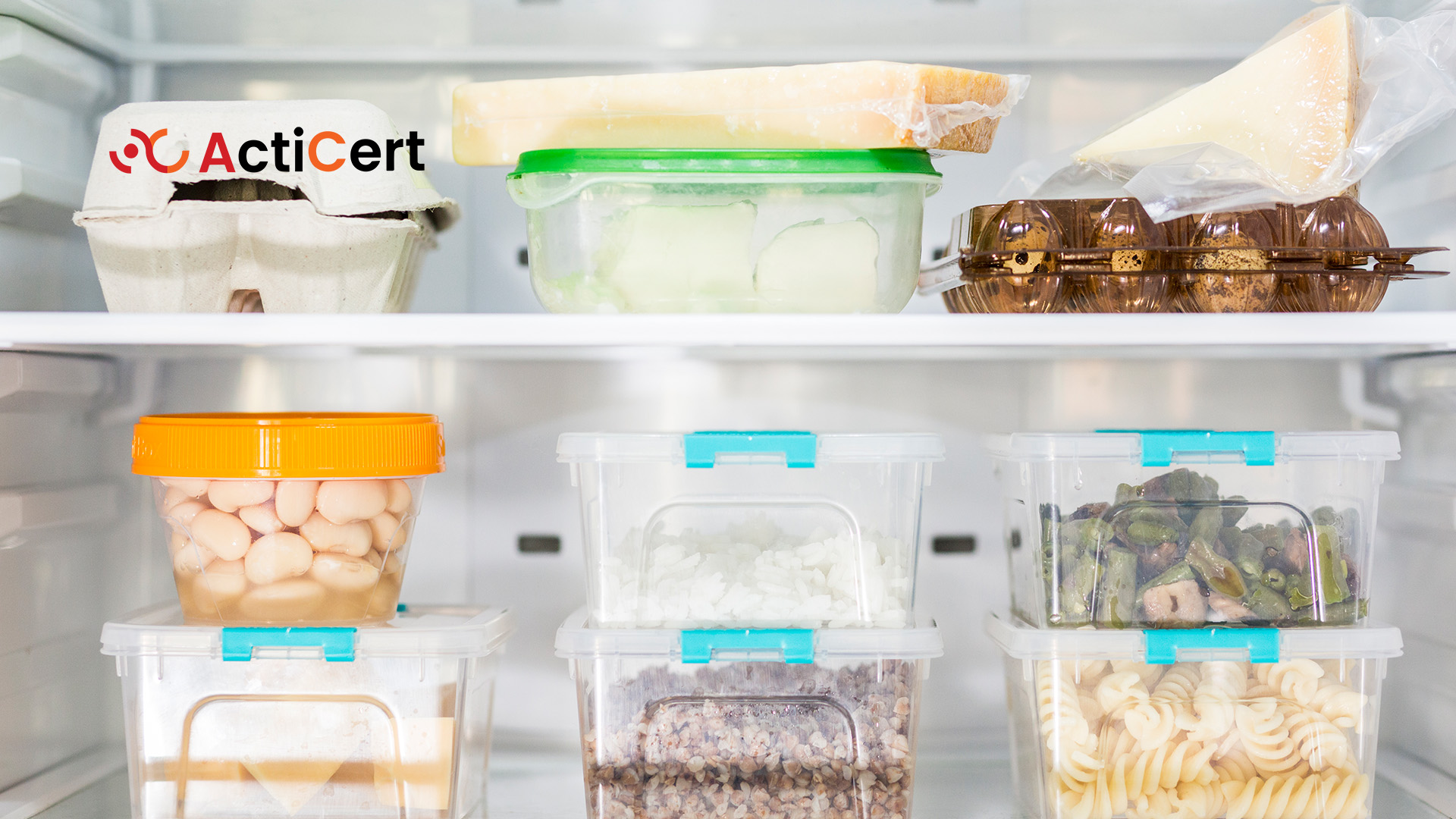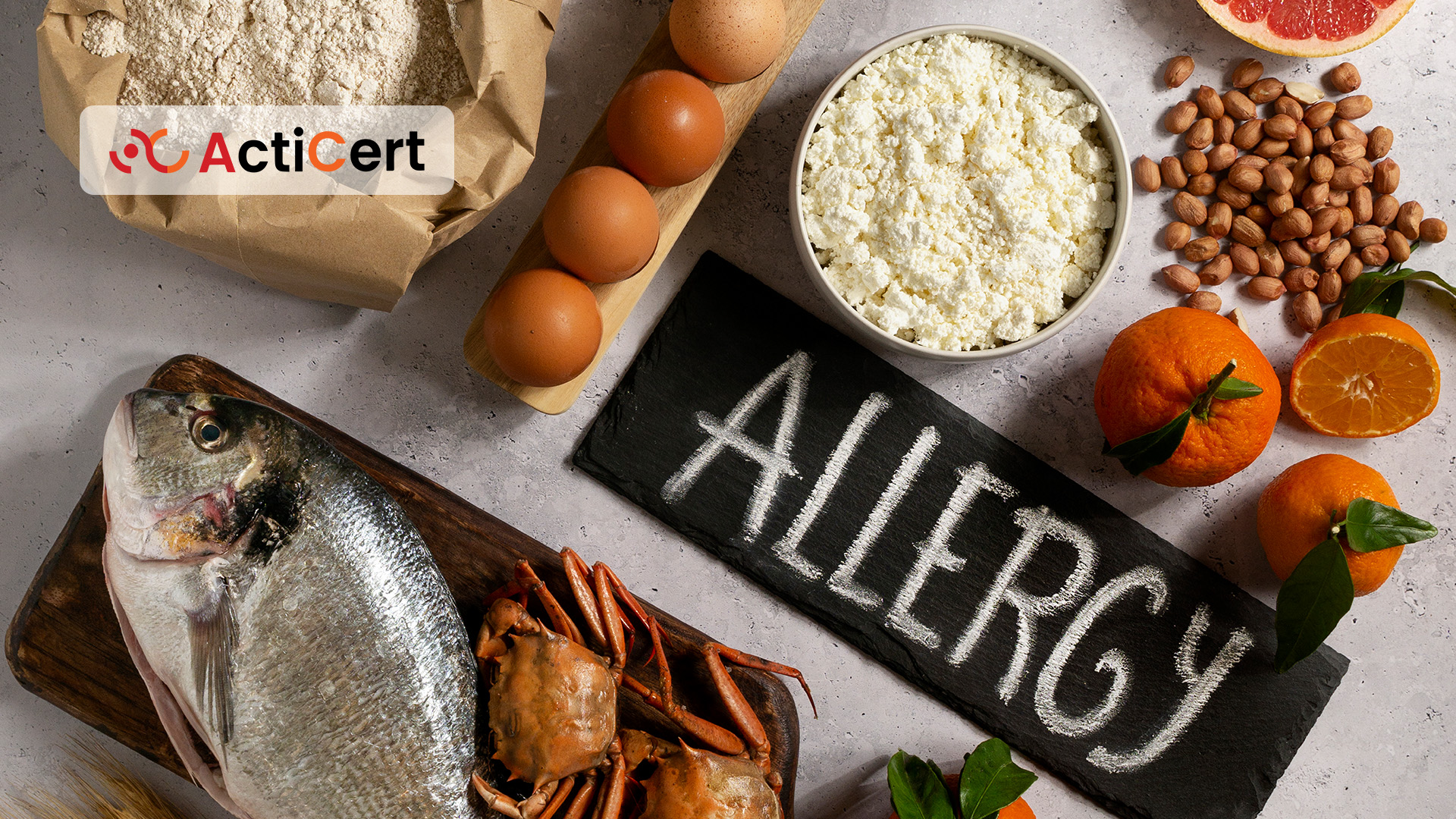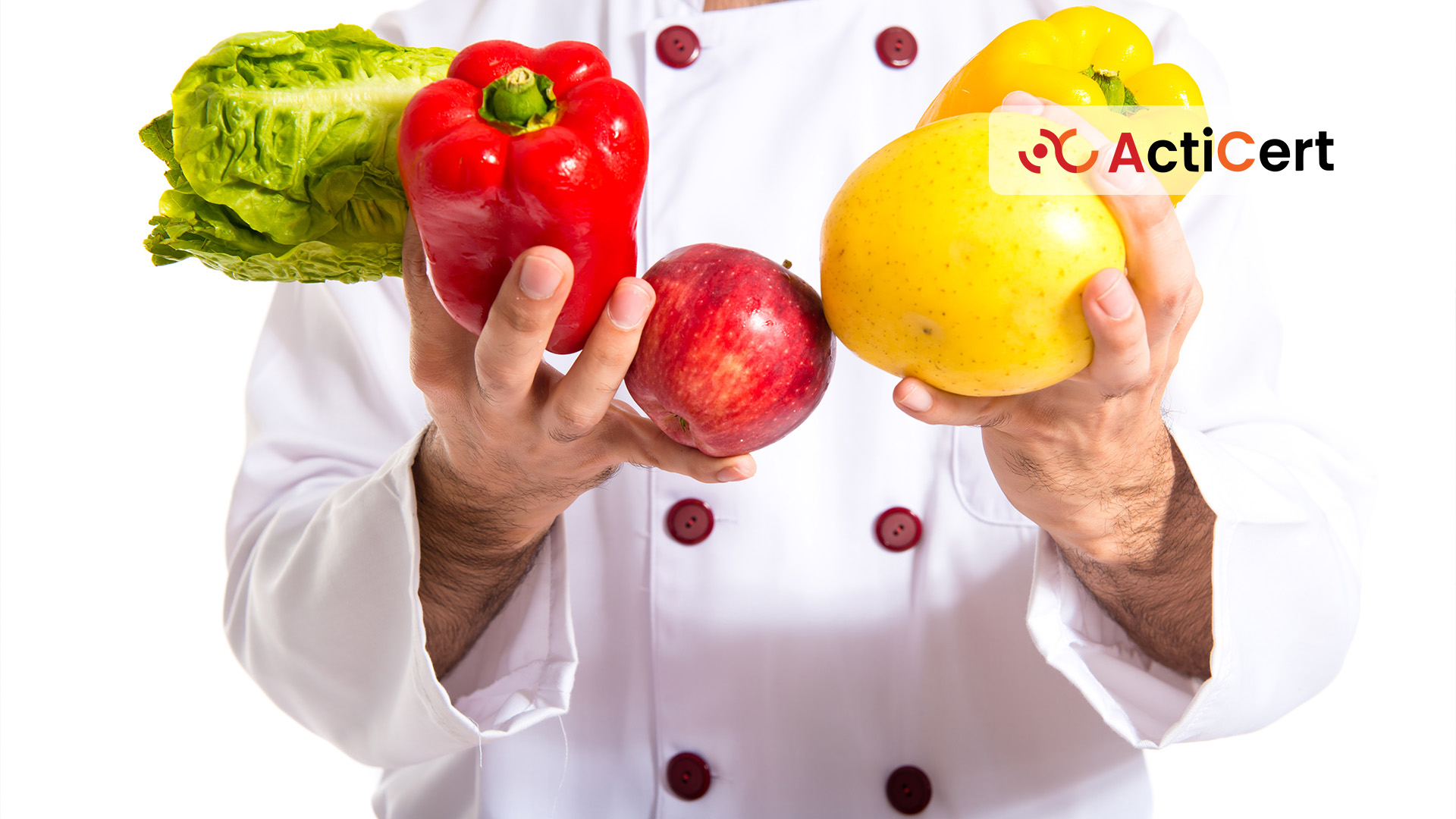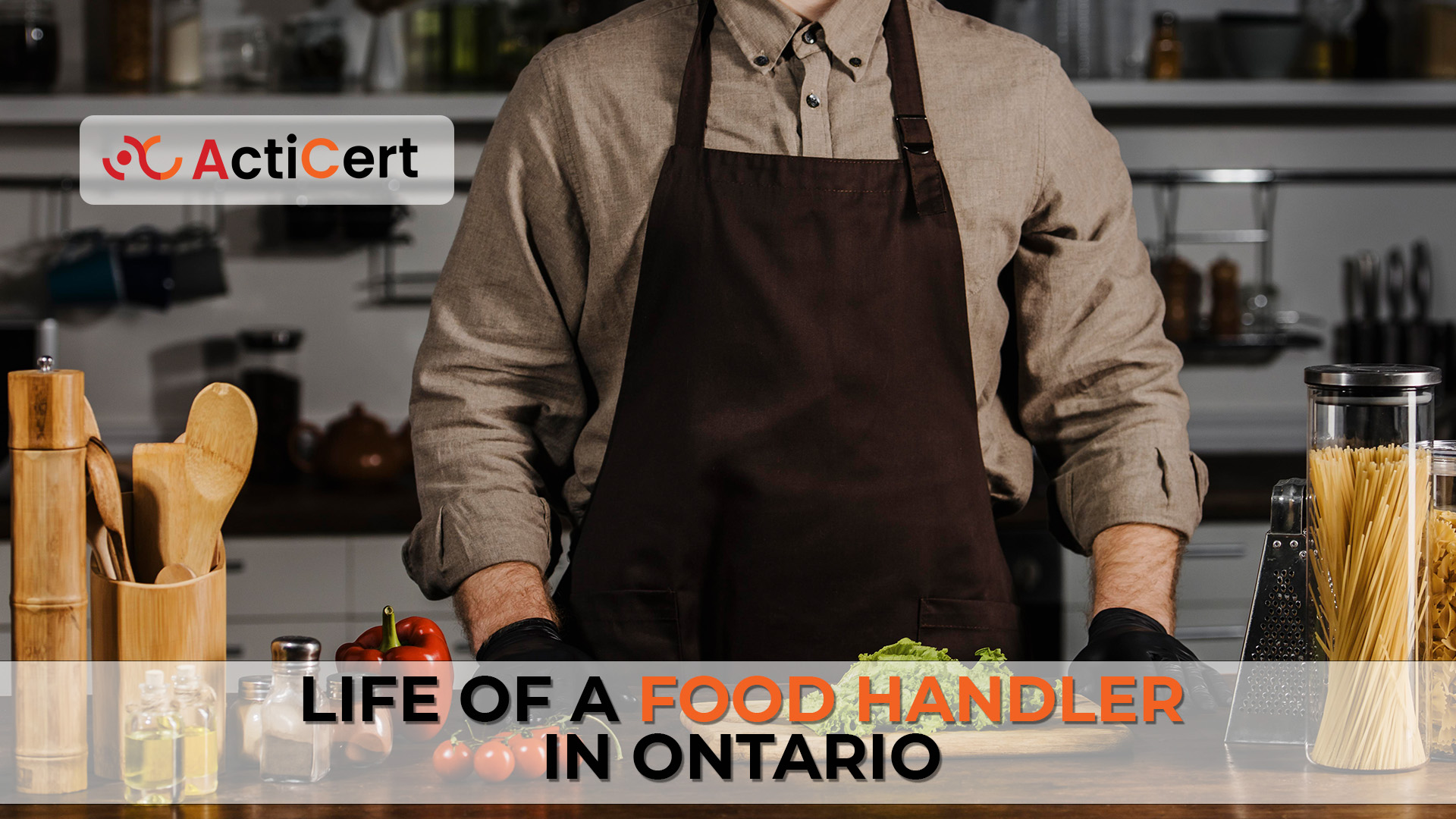
UNDERSTANDING THE RISKS OF FOOD ALLERGENS
Specific proteins present in some meals and capable of inducing an allergic reaction in certain individuals are known as food allergens. Upon consumption of these proteins, an individual with a food allergy experiences symptoms ranging from moderate to severe, potentially fatal illnesses, as their immune system misinterprets them and releases antibodies in response.
It impacts 4% of adults and 8% of children under five years. The worst aspect is that there is no known solution, so for some kids, the issue gets worse as they get older. Allergens and food allergies are distinct conditions, despite their common confusion. Allergies arise from a person’s reaction to environmental elements that are often harmless. These materials, referred to as allergens, are present in dust mites, pollen, insects, food, and certain prescription drugs.
In certain parts of the world, the prevalence of food allergies is rising, impacting millions of individuals, both adults and children. This rise focuses on the necessity of better preventative methods in all three domains: prevention, diagnosis, and treatment. Dietary options can be significantly restricted by food allergies, which can also impact social relationships and necessitate ongoing caution to prevent potentially fatal reactions.
Understanding food allergies is important for effectively addressing the challenges associated with them and supporting individuals in managing their condition.
Types of Food Allergens
Common Food Allergens
When the immune system of the body reacts forcefully to a specific allergenic protein or irritant, several allergic responses can happen. The main compounds that are frequently linked to food allergies and allergic reactions have been identified by Health Canada, the CFIA, several allergy societies, and the medical community.
These substances are commonly known as priority food allergens.
- Peanuts
Peanut allergy is among the most prevalent. These are not the ones that often grow on trees. Instead, it grows underneath that belongs to the legume family, which also includes soybeans, beans, peas, and lentils. If you are allergic to one of those varieties, it does not mean you will also be allergic to another type of bean.
- Tree Nuts
Tree nuts are another prevalent allergen that is frequently observed in both adults and children. These consist of Brazil nuts and walnuts, but the list does not end here. Furthermore, peanuts and tree nuts are not identical. They differ greatly from one another and even include various kinds of nuts.
- Milk
Among infants and early children, milk allergy is the most frequent food allergy. It is caused by cow’s milk. This allergy affects about 2.5% of children under three years, and most get it in their first year of life.
- Eggs
One of the most prevalent food allergies in children is egg allergy, yet most allergic youngsters outgrow their energy gradually. Egg allergy sufferers should stay away from both egg whites and egg yolks, even though the majority of allergenic egg proteins are found in egg whites.
- Soy
Soybean is a major cause of food allergies, particularly in infants and young children. It belongs to the legume family. This family also includes peanuts, lentils, beans, and peas. As with peanuts, having an allergy to one kind of Soy does not guarantee that you will also have an allergy to another class or type.
- Wheat
Wheat allergy typically manifests itself before adulthood and is most common in youngsters. By the age of twelve, two-thirds of children with wheat allergy outgrow it.
- Fish
Fish allergies typically last a lifetime. Fish allergies are most common in people to salmon, tuna, and halibut. Adults allergic to fish account for about 40% of cases of allergic reactions.
- Shellfish
There are two groups of Shellfish: crustacea and mollusks. Out of them, crustacea causes most allergic reactions and these tend to be severe.
Less Common Allergens
- Sesame
A flowering plant with edible seeds is sesame. It is a common ingredient in cuisines worldwide from baked goods to sushi. Many data indicate that throughout the past 20 years, there has been a notable global increase in cases of this allergy.
- Mustard
Common in sauces and condiments, mustard allergies can be challenging to manage.
- Lupin
A legume used in flour and baked goods, lupin can cause allergic reactions similar to peanuts.
Cross Contamination Risks
What exactly is Cross Contact?
The term “cross-contact” describes the transfer of allergen proteins from an allergic food to a non-allergic one. Allowing cross-contact to happen carries dangerous risks. There are situations when its detrimental effects could endanger life or have grave repercussions. For individuals sensitive to allergens, a modest quantity of food allergens is sufficient to cause an allergic reaction. There is potential for cross-contamination throughout the food supply chain.
With this knowledge available, the operation becomes extremely important due to the importance of correct handling to avoid cross-contact. Unlike other food-infected varieties, cooking guarantees that allergens are removed from food, particularly when it takes only a few nibbles to cause a reaction.
What differentiates Cross Contact from Contamination?
If you’re familiar with the term “cross-contamination,” you may be wondering if “cross-contact” and “cross-contamination” are similar. Don’t be misled, though; cross-contact is a very specialized risk. Cross-contact generally solely refers to the spread of food allergies. Cross Contamination, on the other hand, includes hazards that are biological, physical, and chemical.
Furthermore, there are differences in the effects of these two terms. While cross-contact causes allergic reactions, cross-contamination can lead to food allergy or poisoning.
How does cross-contact happen?
Cross-contamination can occasionally happen when cooking at home. It occurs when a food allergen is shared by utensils, surfaces, or equipment and comes into touch with food or an item not meant to contain that allergy. Bacteria can spread via hands as well. You can transfer bacteria to other items you touch if you don’t properly wash your hands after handling raw food.
Cross-contact happens through two methods. One is-
Direct Cross Contact
It refers to the accidental transfer of allergenic proteins from one food item to another during the making, preparing, or serving processes. It can happen when meals containing allergens come into close contact with products free of allergens, contaminating the latter. For individuals with food allergens, even a trace amount of it can trigger an immune reaction due to which severe allergic reactions can happen. It highlights the necessity of putting rigorous procedures in line to stop direct cross-contact, such as using different tools, carefully cleaning surfaces, and labeling allergenic components.
Indirect Cross Contact
It is the area of food allergies that happens when there is a transfer of allergenic proteins to allergen-free foods through shared equipment, utensils, or surfaces during the food production or preparation process. On the other hand, indirect cross-contact refers to the transfer of allergens without any direct physical contact. In this instance as well, people can experience severe allergic reactions from even minute amounts of allergens. As a result, strict precautions should be in place, such as complete cleaning, equipment separation, and other measures to reduce dangers.
What are the risks associated with cross-contact?
Cross-contact poses a significant risk for individuals with food allergens, as it involves the unintentional transfer of allergens from one surface or food item to another. It can contaminate foods free of allergens at any point throughout the food preparation, processing, or handling process. For sensitive individuals, even minute amounts of allergens can cause life-threatening allergic reactions.
The causes behind cross-contact of foods can be shared equipment, utensils, cutting boards, and utensils. Additionally, inadequate clearing practices and a lack of awareness about specific allergens can contribute to the heightened risk of cross-contact.
What are the ways by which you can stop cross-contact from happening?
Stopping cross-contact is not an impossible task. Many precautions can become vital parts of your system to manage food safety. However, knowledge and preparation are essential to achieving assurance that the food you are having is safe.
The practices you can follow when handling food can be as simple as hand washing to separating utensils, dishes, and surfaces when making and serving different food types. Not only that, though.
Cross Contamination caused by food-to-food
It happens when an allergen-containing food comes in contact with a non-allergen-containing food. The best way to prevent this cross-contact is to keep allergen-free food separate from others during food preparation.
Cross Contamination from food equipment
It happens when you use unsanitized equipment or other food contact surfaces to prepare allergen-free food. When utensils, cutting boards, and other surfaces that come into touch with food become contaminated, always wash and sanitise them.
Cross Contamination by people
People can also be the reason behind the cross-contamination of food. Among the examples include handling raw meat, handling veggies, and handling other items that are ready to eat all at once without stopping to wash your hands in between. Food-wrapped apron or towel for wiping your hands after handling various meals.
Mechanism of Allergic Reactions
- Immune System Response
Food allergies are typically IgE-mediated reactions. The immune system creates IgE antibodies that are particular to an allergen when it comes into contact with it. These antibodies bind to mast cells and basophils, releasing histamines and other chemicals during subsequent exposures. This release causes the symptoms of an allergic reaction.
- Symptoms of Allergic Reactions
- Mild Symptoms:
Include localized reactions such as rashes, itching, and swelling. These symptoms can be bothersome but are usually manageable with antihistamines.
- Moderate Symptoms:
These may involve gastrointestinal distress, such as nausea, vomiting, or diarrhea, and skin reactions like hives.
- Severe Symptoms:
Anaphylaxis is a severe, rapid-onset reaction that can include symptoms such as difficulty breathing, swelling of the throat, and a drop in blood pressure. Immediate use of epinephrine and emergency medical attention are crucial for survival.
Diagnosis and Testing
- Identifying Food Allergies
- Medical History and Physical Examination:
A detailed history of symptoms and potential triggers, combined with a physical examination, is the first step in diagnosing food allergies.
Allergy Testing Methods
- Skin Prick Tests:
Small amounts of allergens are introduced into the skin to observe for reactions.
- Blood Tests:
Measure the levels of specific IgE antibodies to allergens in the blood.
- Oral Food Challenges:
Conducted under medical supervision, this test involves ingesting the suspected allergen to confirm a diagnosis.
- Importance of Accurate Diagnosis
Correctly diagnosing food allergies is essential to avoid unnecessary dietary restrictions and to differentiate between food allergies and intolerances, which have different management strategies. Accurate diagnosis ensures appropriate treatment and improves quality of life.
Management and Treatment
- Avoidance Strategies
- Reading Labels:
Always check food labels for allergen information and look for potential cross-contamination warnings.
- Communicating with Restaurants:
Inform restaurant staff about food allergies to ensure safe meal preparation and avoid cross-contact.
- Safe Food Preparation Practices:
Use separate utensils, cookware, and surfaces for allergen-free cooking to prevent cross-contamination.
- Emergency Preparedness
- Use of Epinephrine Auto-Injectors:
Carry and know how to use epinephrine auto-injectors to treat severe allergic reactions promptly.
- Creating an Action Plan:
Develop and communicate an emergency action plan with family, friends, and caregivers, detailing steps to take during an allergic reaction.
- Long-Term Management
Regular follow-ups with healthcare providers are essential for monitoring allergies, updating treatment plans, and managing accidental exposures. Educating oneself about allergens and keeping up with new research is a way to manage long-term health.
Impact on Lifestyle and Society
- Psychological and Social Effects
Food allergies can significantly impact an individual’s quality of life, causing anxiety about potential reactions and limiting social interactions due to dietary restrictions. The constant vigilance required can lead to stress and social isolation.
- Economic Costs
Managing food allergies involves medical expenses, including diagnostic tests and emergency treatments. The cost of specialized allergen-free foods can be high, and there may be additional economic impacts on productivity due to missed work or school.
- Awareness and Advocacy
Advocacy groups play a role in increasing awareness about food allergies and influencing regulations related to food labeling. Educational efforts aim to increase public understanding and promote allergen-safe practices in various settings.
Future Directions and Research
- Advances in Allergy Research
Current research is exploring various treatments and approaches for managing food allergies, including allergen immunotherapy and new medications. Studies on allergen desensitization aim to reduce the severity of allergic reactions over time.
- Policy and Regulation
Legislation about food labeling is being changed to ensure more precise and lucid allergen information. Enhancing safety for people with dietary allergies through legislation is a crucial area of attention. Examples of these regulations include those that improve safety in public spaces.










